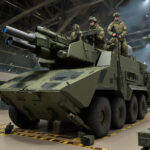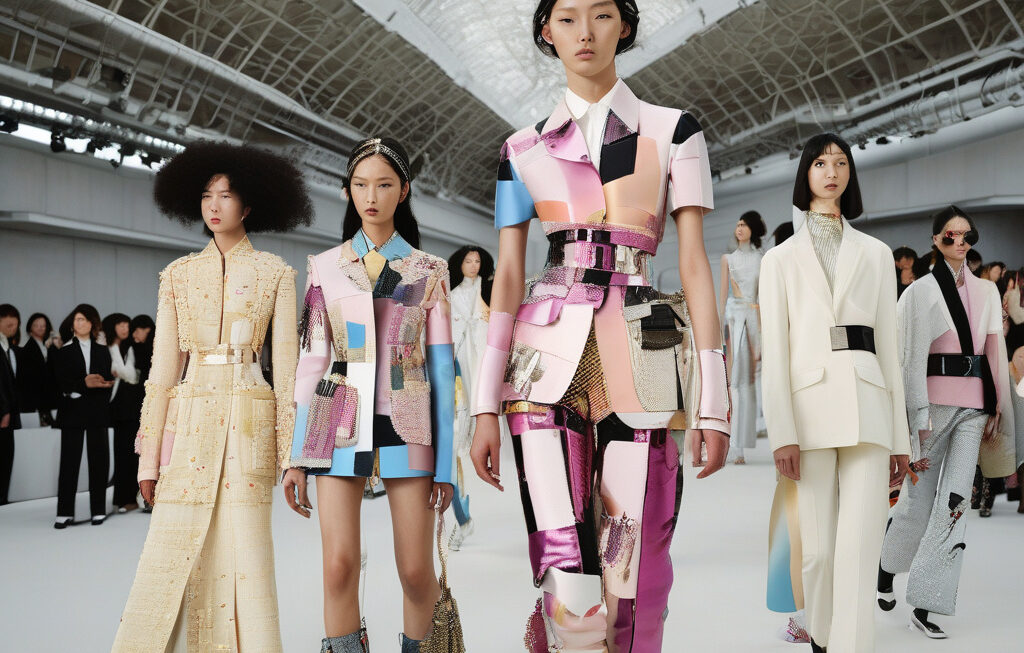Fashion Is ‘Tarrif-ied’ of Trump
The fashion industry has found itself in a state of uncertainty and turmoil due to the unexpected impact of import duties imposed by the Trump administration. What was initially anticipated to be a minor disruption has turned into a significant challenge for fashion brands and retailers. The repercussions of these tariffs have sent shockwaves throughout the industry, forcing businesses to rethink their strategies and adapt to a new economic landscape.
There’s no escaping the import duties, which were far more wide-ranging and severe than anticipated. The sudden increase in costs has put a strain on many fashion companies that rely on international manufacturing and sourcing. From clothing and accessories to footwear and textiles, nearly every sector of the fashion industry has been affected by these tariffs. As a result, businesses are facing tough decisions on how to navigate this new reality while remaining competitive in the market.
The uncertainty surrounding the tariffs has created a sense of panic among fashion professionals. The fear of escalating trade tensions and the potential for further tariffs loom large, adding to the already challenging environment. However, amidst the chaos, there is an opportunity for innovation and resilience. As Imran Amed writes, after the initial panic subsides, the hard work of adapting to the new regime begins.
Fashion brands and retailers are now tasked with finding creative solutions to mitigate the impact of these tariffs. Some companies are exploring alternative sourcing options, shifting production to countries not affected by the tariffs, or renegotiating contracts with suppliers. Others are focusing on streamlining their operations and improving efficiency to offset the increased costs. Adapting to this new reality requires agility, foresight, and a willingness to embrace change.
In the face of adversity, some fashion companies are turning to technology for solutions. Automation, artificial intelligence, and data analytics are being leveraged to optimize supply chains, improve forecasting accuracy, and enhance the overall efficiency of operations. By harnessing the power of technology, fashion brands can not only navigate the challenges posed by tariffs but also position themselves for long-term success in a rapidly evolving industry.
Furthermore, collaboration and solidarity within the fashion community are crucial during these uncertain times. By sharing insights, best practices, and resources, industry players can support each other in overcoming common challenges. Collective action, whether through industry associations or partnerships, can amplify the voice of the fashion industry and advocate for policies that promote fair trade and sustainable growth.
As the fashion industry grapples with the impact of tariffs, it is clear that resilience and adaptability will be key to weathering the storm. By staying informed, agile, and innovative, fashion companies can not only survive but thrive in the face of adversity. The road ahead may be challenging, but with determination and a collaborative spirit, the fashion industry can navigate these turbulent waters and emerge stronger than ever.
tariffs, fashion industry, import duties, resilience, innovation












